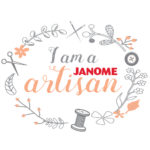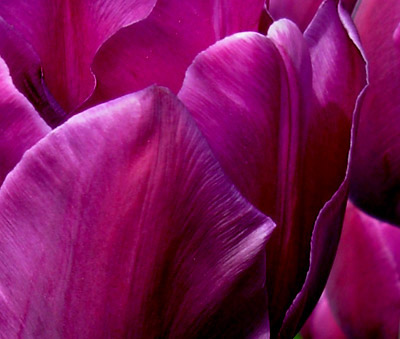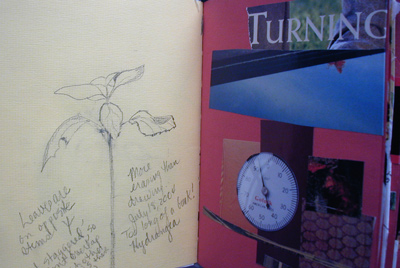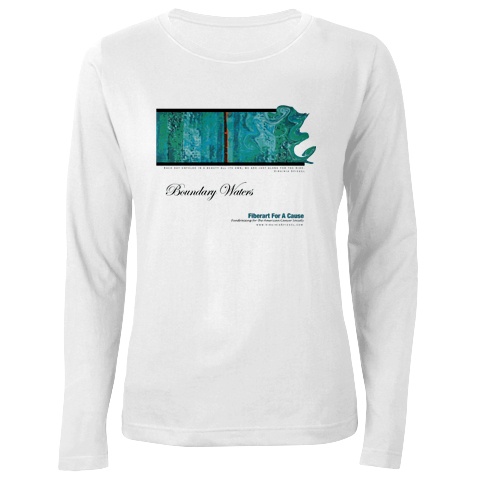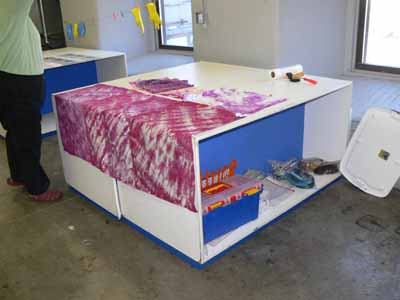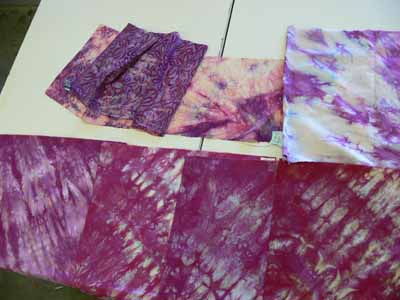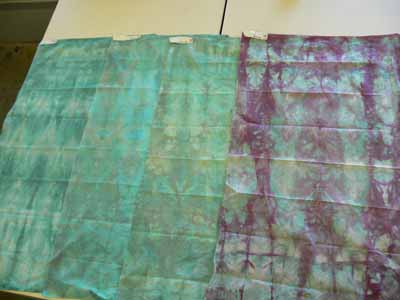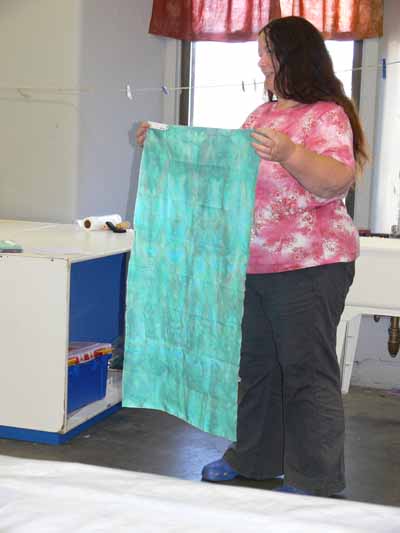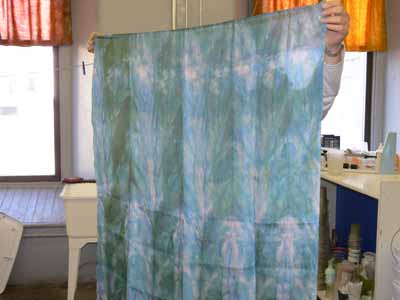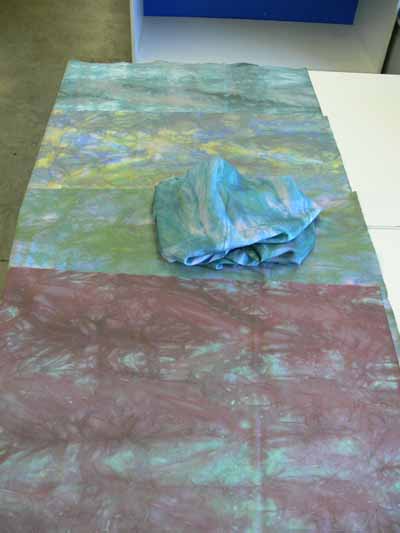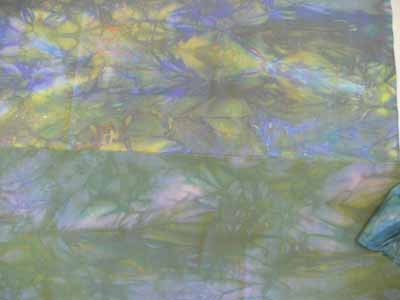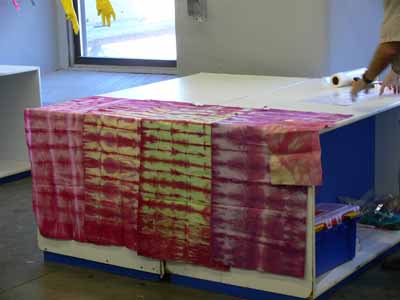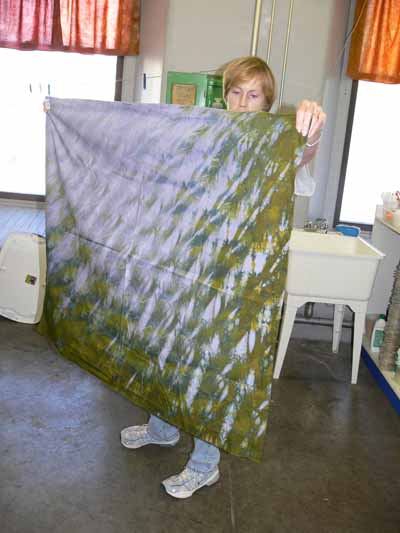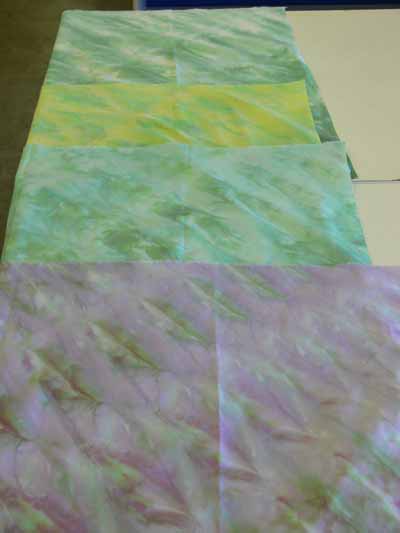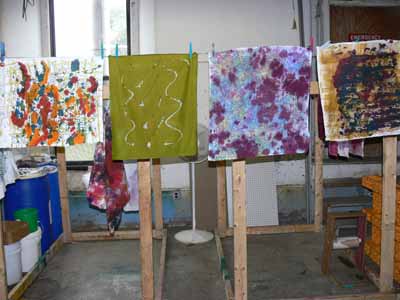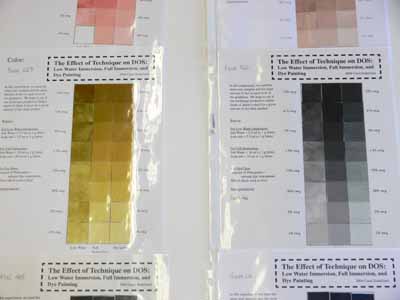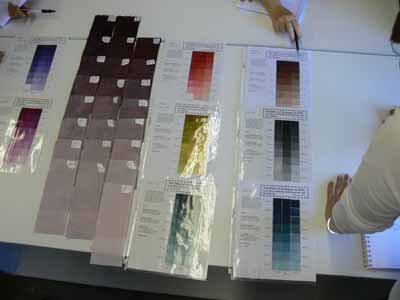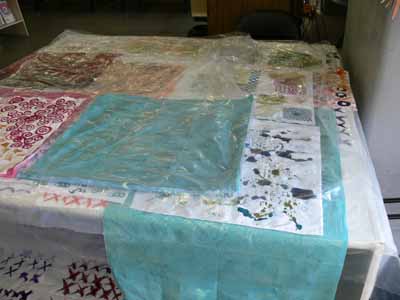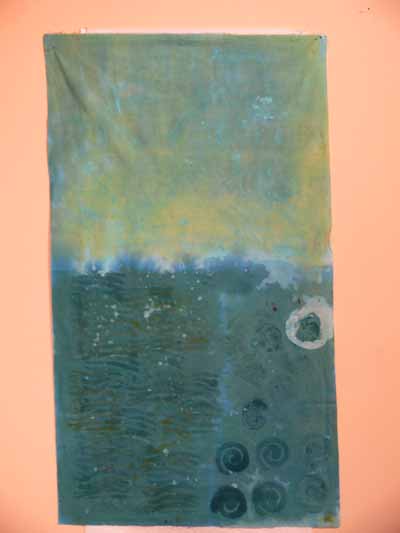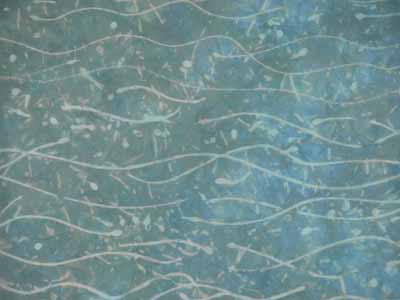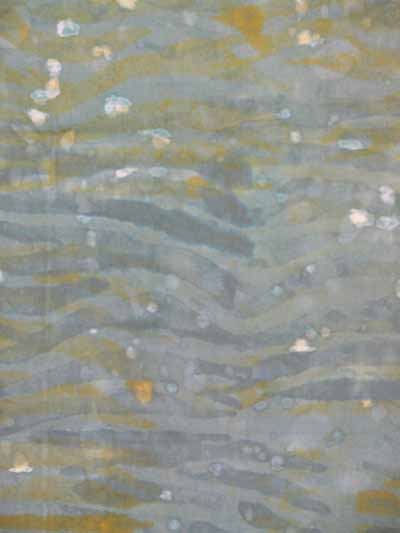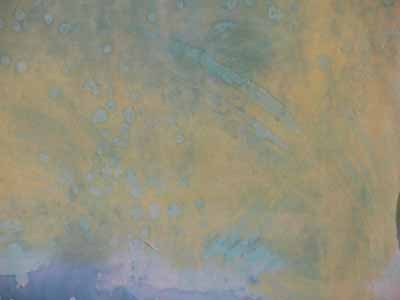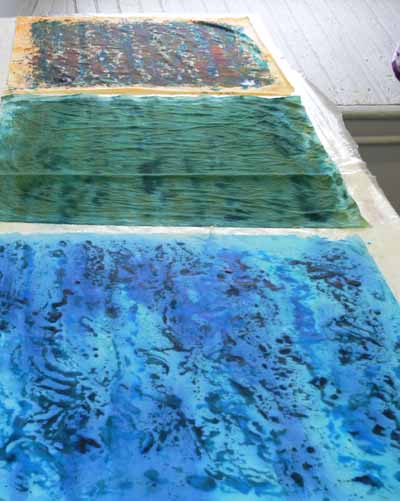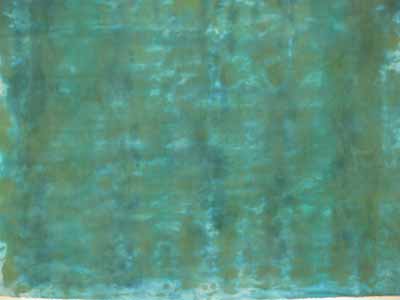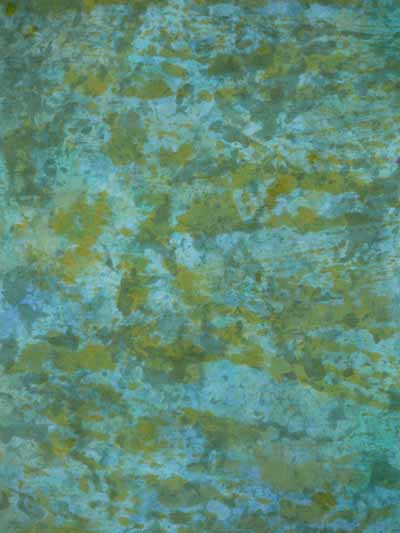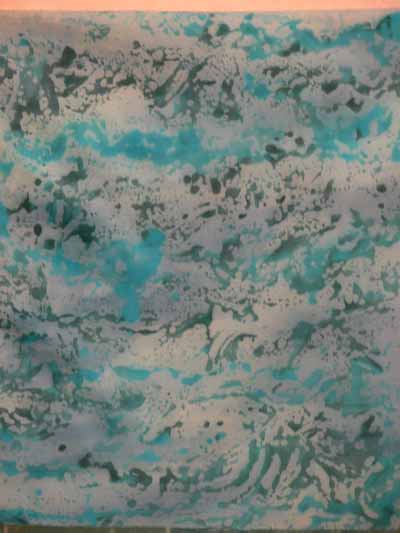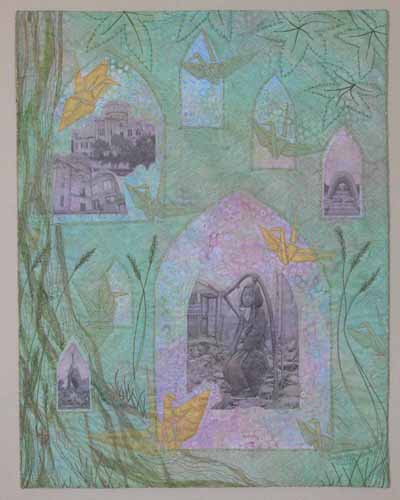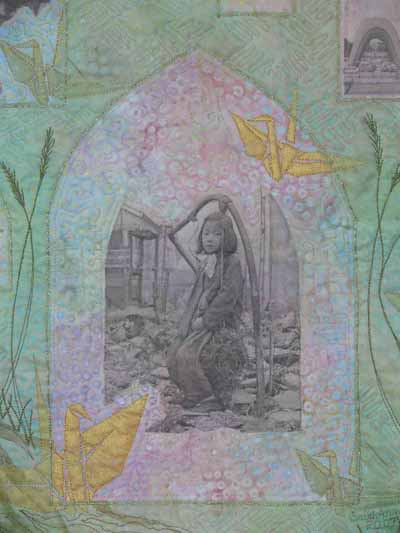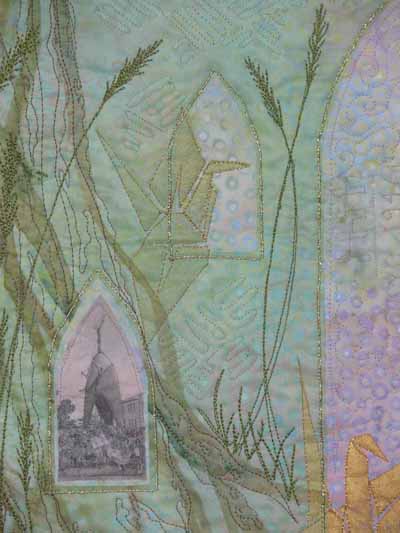FiberArt for A Cause
November 11th, 2007Need good ideas for holiday gifts (or just because?)? Well, have I got two great things for you–an e-Book to delight and inspire and beautiful items to use, enjoy art AND fundraise for cancer research all at the same time!
Virginia Spiegel had an idea: to raise funds for cancer research, one fabric postcard at a time, through a project she called FiberArt for A Cause (FFAC). That little idea grew and grew and grew, and to date she (with a lot of support from a lot of artists, happy customers and supporters, and a lot of hard work) has raised over $135,000! Yes, that is ONE HUNDRED, thirty five THOUSAND dollars donated directly to the American Cancer Society. The tulip photo above is one of Virginia’s (all photos used here with permission) that is featured in both her e-book and at her Cafe Press store to continue her fundraising efforts…read on for more info!
Next, Virginia has had several on-line auctions of art, and I was proud to donate a piece in honor of my dad, half-brother, and friend Linda. You can read more about The Wall here and here. And you can see the gallery from the 2007 auction here.
Now, Virginia has two more projects to help raise funds to fight cancer! First, she has compiled some of her newsletters into an e-book “Art Nature Creativity Life.” To read a sample chapter, click here. I am not normally a fan of e-books…I’m sort of old fashioned and like things on paper (it is that tactile thing that draws me to cloth, too!). But this book is glorious, and features not only her art quilts but also her photography–I’m so glad she posted a chapter online because now I believe! Here is one photo from a chapter of the e-Book, showing a bit of Virginia’s art journal:
Every year Virginia and her sister go camping and canoeing in the Boundary Waters, and it is a chance for me to escape with them. The book has received rave reviews all around, and it would make a perfect Christmas gift for the person in your life who has everything, has been touched by cancer, or could use a momentary escape to beauty and art (and who doesn’t need that?)!
Her latest endeavor is another treat: FFAC gift items from CafePress, here. I’ve already ordered my Boundary Waters shirt and am starting my Christmas shopping list.
There are shirts, mugs, mousepads and totes in three different designs. All the profits from each item ($5) are donated directly to the American Cancer Society. Thanks to Virginia for her dedication to this cause, and for making it possible for all of us to share in her art and joy in the beauty of nature.
